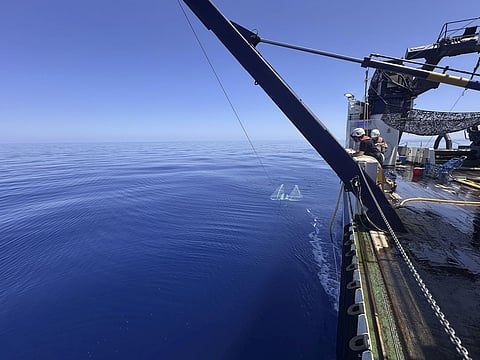

Part of this research has been funded by the European Maritime, Fisheries and Aquaculture Fund (EMFF).
IEO
A study conducted by the Balearic Oceanographic Center of the Spanish Institute of Oceanography (IEO-CSIC) in collaboration with the Norwegian universities of Bergen and Oslo links the survival of bluefin tuna larvae (Thunnus thynnus) in the warm, nutrient-poor waters of the western Mediterranean to their ability to adapt to a flexible diet.
Especially during summer, due to high temperatures, food availability in the western Mediterranean drastically decreases. As a result, bluefin tuna larvae adapt their diet flexibly and efficiently, focusing on scarce but highly nutritious prey.
To verify this, researchers used a bioenergetic model that focuses on metabolism, water temperature, and prey abundance in the sea to estimate whether the larvae can grow under different conditions.
Additionally, the study indicates that above 28°C, larvae can no longer meet their metabolic demands with the available food, a crucial finding in the context of global warming.
"This study not only helps better understand the factors that determine larval survival success but also provides insight into how marine heatwaves can affect bluefin tuna spawning areas," explained Patricia Reglero, a scientist at the Balearic Oceanographic Center and the study's lead author.
Part of this research has been funded by the EU's TUNIBAL project through the European Maritime, Fisheries and Aquaculture Fund (EMFF), within the National Program for the collection, management, and use of fisheries sector data, as well as scientific advice related to the Common Fisheries Policy.
